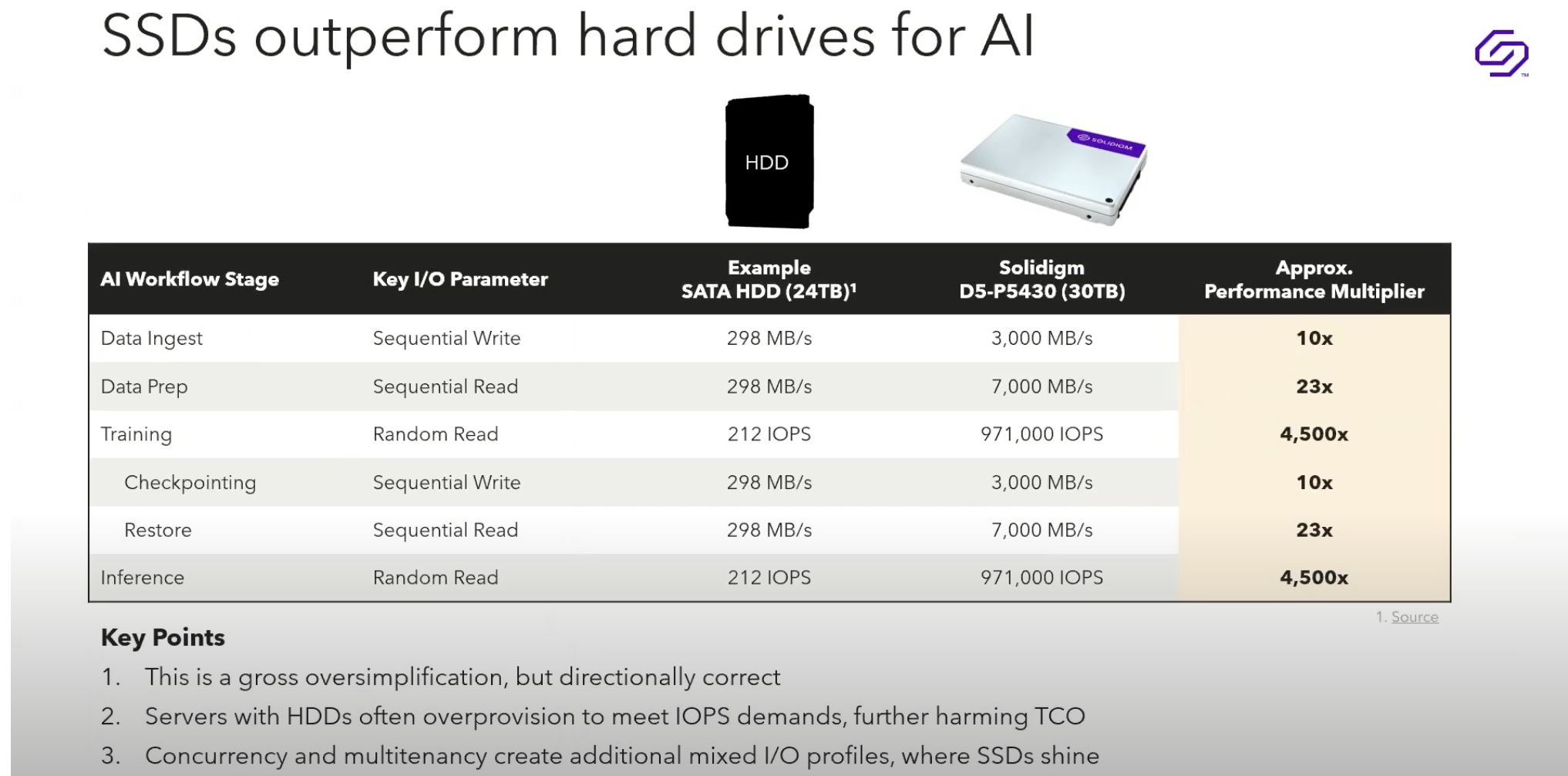Sometimes I think storage vendors use a special type of man-ruler when measuring the size of their bits and bytes; especially when it comes down to working out how much storage their array can support. Please note, this is not about utilisation; this is about the maximum number of disks that a array can support and actually use.
Every time a vendor announces a new array; there is inevitably an increase in the maximum spindle count and almost invariably as spindles get bigger, there is a commensurate increase in capacity. More spindles, more spindles and even more spindles are the order of the day. These beasts get bigger and bigger according to their spec sheets but then you have conversations with your account manager.
- ‘Okay, so how much disk can I put in your array?’
- ‘Well, that depends; what are you going to use it for?’
- ‘Oh you know, stuff!’
- ‘Let us do a detailed study and we’ll get back to you…’
- ‘But you say you support 1000 spindles?’
- ‘Ahhh, we do but only when the wind blows from NNE and the Sun is waxing in Aries and the moon is mooning Virgo! Then we support 1000 spindles but at all other times, we support rather less than we say! I can’t tell you how much less…but we do support less or more, it depends!’
At times, the whole business is more opaque than a black-out blind! And when software is priced on a per frame/head/array basis; sometimes based on the maximum capacity that an array could support on that special day when it can support its maximum amount of disk, it’s quite frankly mildly irritating!
Lets have sensible incremental software pricing, lets have proper disclosure as to what is meant when talking about maximum capacity and lets get some transparency into this business.




